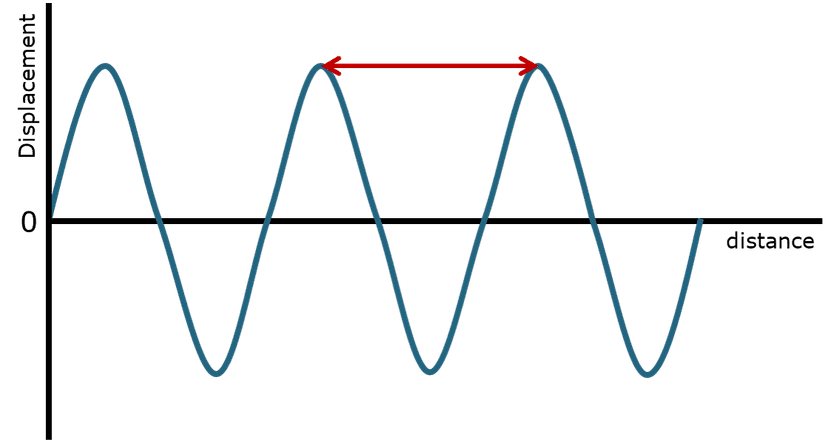Representing longitudinal waves
I can interpret and sketch graphs of longitudinal waves.
Representing longitudinal waves
I can interpret and sketch graphs of longitudinal waves.
These resources will be removed by end of Summer Term 2025.
Lesson details
Key learning points
- In a longitudinal wave, the oscillations / vibrations are in the same direction in which the wave travels.
- Displacement is the distance one part of a wave is moved away from its rest position.
- In a longitudinal wave, forwards displacement is positive and backwards displacement is negative.
- Wavelength of a longitudinal wave is the distance between one compression (or rarefaction) and the next.
Keywords
Longitudinal wave - each part of a longitudinal wave oscillates forward and backward in the same direction in which the wave moves.
Compression - part of a longitudinal wave in which parts of the wave are squashed closer together is called a compression.
Rarefaction - part of a longitudinal wave in which parts of the wave are spaced further apart is called a rarefaction.
Wavelength - the wavelength of a longitudinal wave is the distance along the wave between one compression and the next.
Amplitude - the amplitude of a longitudinal wave is the maximum distance each part of the wave moves forward or backward.
Common misconception
Particles in a longitudinal wave move forward and backward between one compression and the next.
Demonstrate the movement of a candle flame in front of a loudspeaker set to a very low frequency with a wavelength of about 30 m (at 10 Hz).
To help you plan your year 10 combined science lesson on: Representing longitudinal waves, download all teaching resources for free and adapt to suit your pupils' needs...
To help you plan your year 10 combined science lesson on: Representing longitudinal waves, download all teaching resources for free and adapt to suit your pupils' needs.
The starter quiz will activate and check your pupils' prior knowledge, with versions available both with and without answers in PDF format.
We use learning cycles to break down learning into key concepts or ideas linked to the learning outcome. Each learning cycle features explanations with checks for understanding and practice tasks with feedback. All of this is found in our slide decks, ready for you to download and edit. The practice tasks are also available as printable worksheets and some lessons have additional materials with extra material you might need for teaching the lesson.
The assessment exit quiz will test your pupils' understanding of the key learning points.
Our video is a tool for planning, showing how other teachers might teach the lesson, offering helpful tips, modelled explanations and inspiration for your own delivery in the classroom. Plus, you can set it as homework or revision for pupils and keep their learning on track by sharing an online pupil version of this lesson.
Explore more key stage 4 combined science lessons from the Measuring waves unit, dive into the full secondary combined science curriculum, or learn more about lesson planning.

Licence
Starter quiz
6 Questions
Exit quiz
6 Questions





